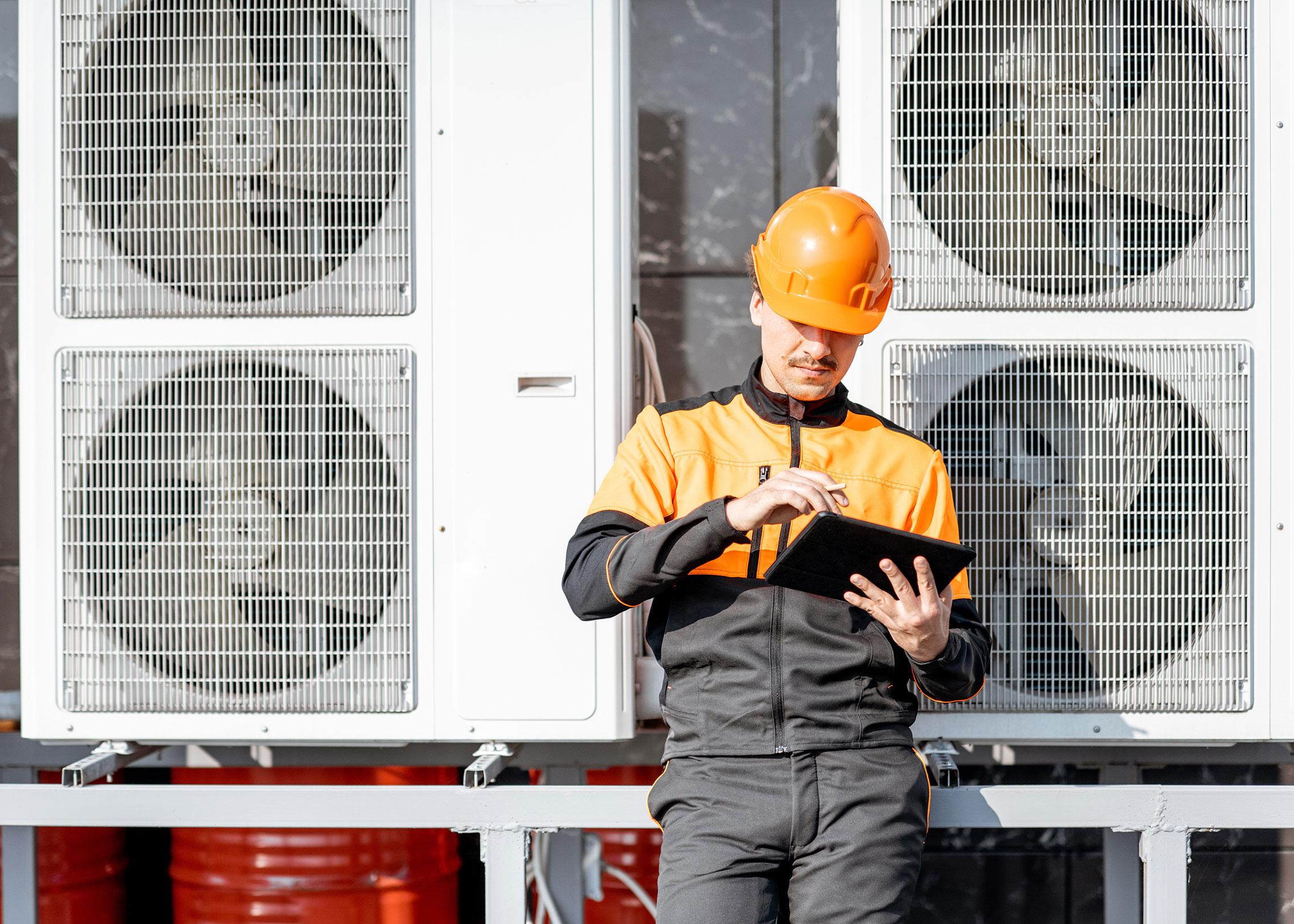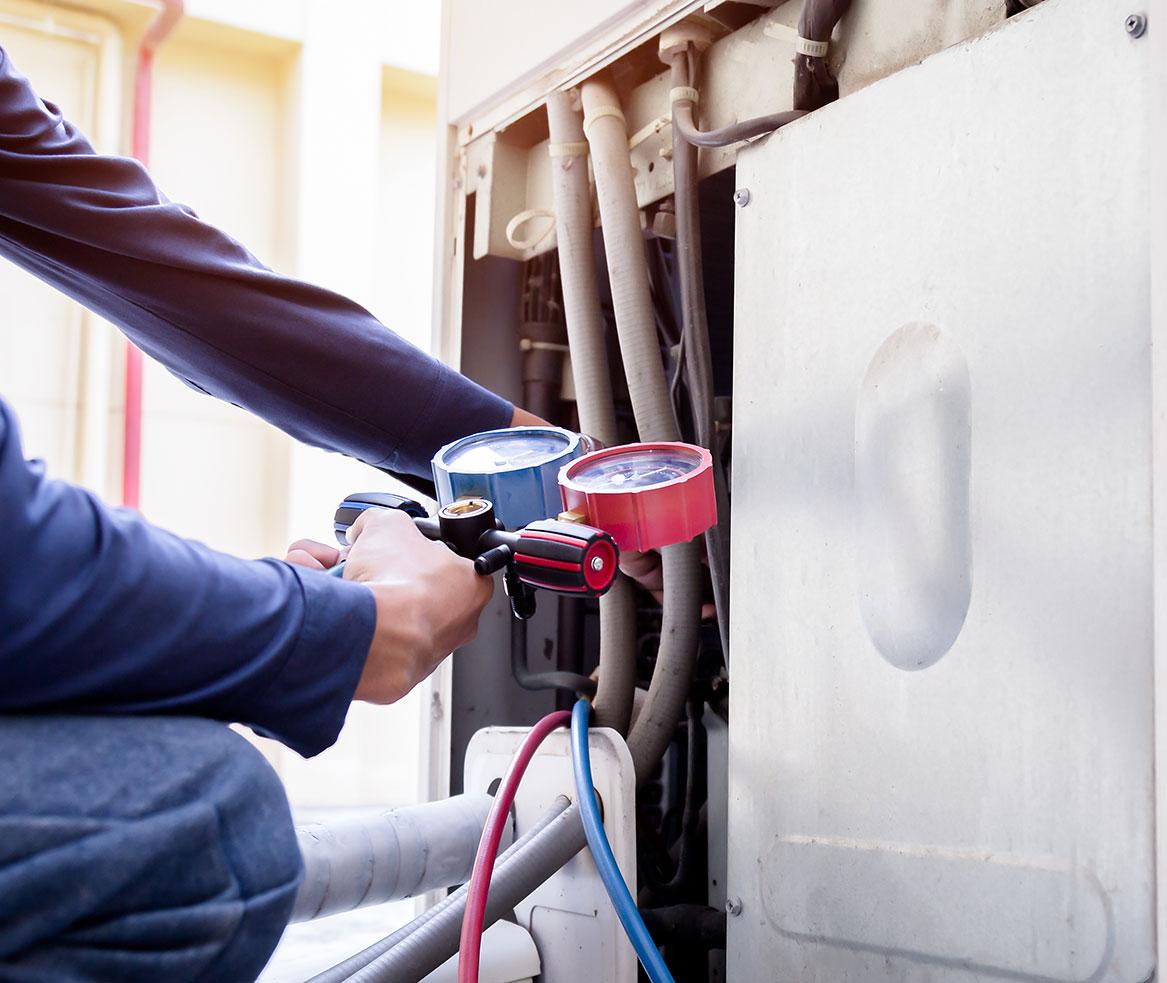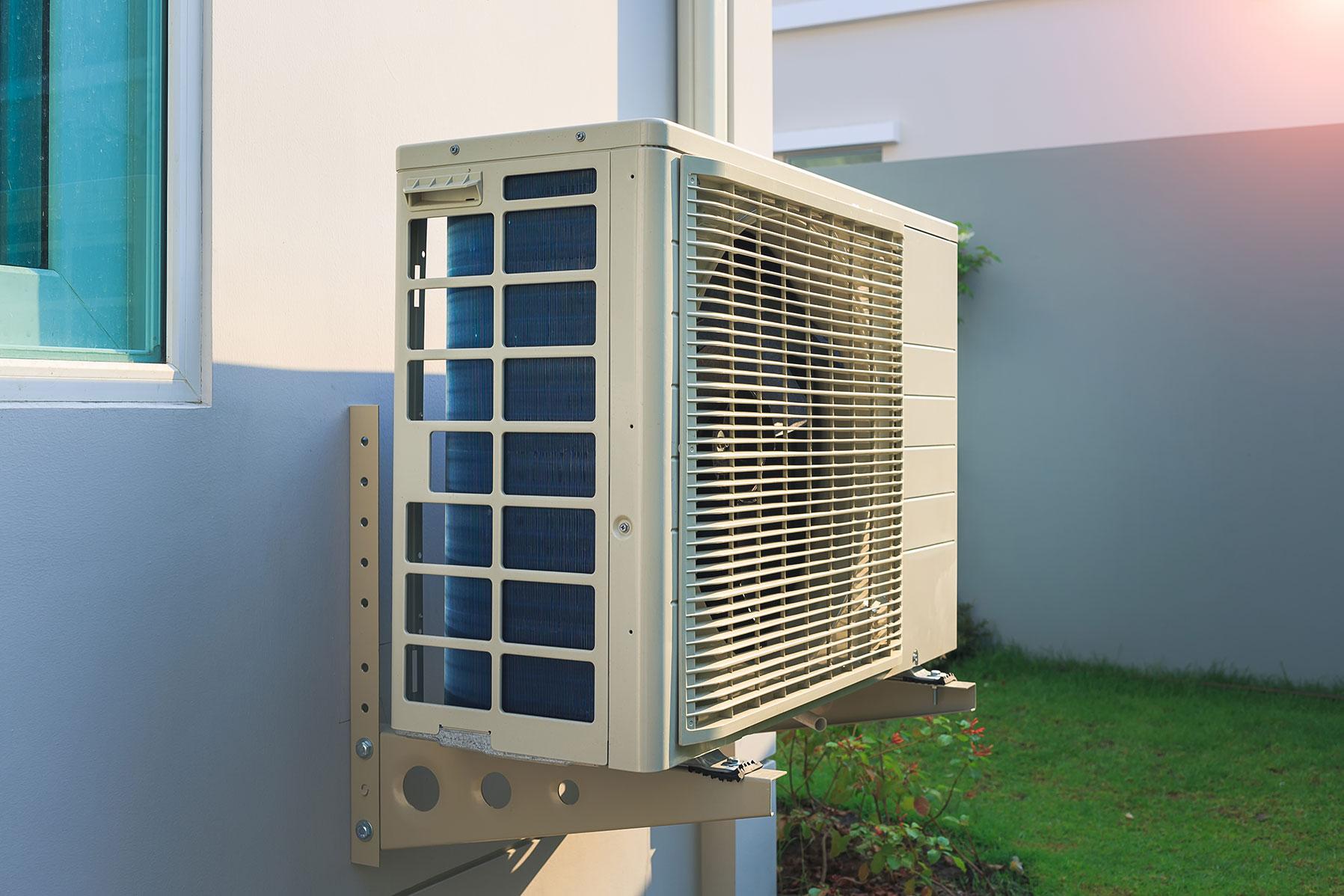Heat pumps provide more sustainable heat for your home than conventional gas-fed boilers. However, not many people understand how or why. Therefore, this guide will examine heat pumps’ energy efficiency and explain why underfloor heating is the ideal heating technology to pair with them.
How Does A Heat Pump Work?
A heat pump collects heat from the outside and brings it into your home. Due to this, this is done using electricity. However, the amount of heat brought into your home is more than the amount of electricity that is used to power the system.
Everything contains thermal energy. Therefore, this energy naturally flows from a warmer place to a colder place. So heat must move in the opposite direction (from a colder spot to a warmer one) to supply thermal energy for a residence when it’s colder outside. However, how does it accomplish this?
When gas pressure increases, the temperature follows; when gas pressure decreases, the temperature also follows. This relationship between pressure and temperature is key to how a heat pump works.

The gas is called ‘refrigerant’, and a heat pump utilises electricity to compress the refrigerant. Due to this when the pressure increases, the temperature also rises. The refrigerant cools down a little as the heat from your home is transferred to it through the heat exchanger. The refrigerant is then allowed to expand, causing it to cool even more. Now that it’s cold enough, the process can start over by absorbing more heat from the outside.
The heat delivered to the heat exchanger is then used to heat your home. A standard central heating system usually does this. However, using warm air from an air-to-air heat pump or an exhaust heat pump can complete the same job.
Ground Source Heat Pump
A ground source heat pump collects the heat from the water, circulates underground pipes, and is pumped into a heat exchanger inside. The heat exchanger transfers heat to the refrigerant as it travels around the compressor circuit from the cool water, sometimes known as “brine,” which is combined with antifreeze.
Air Source Heat Pump
The cold refrigerant starts its process with an air source heat pump in the outside unit. Then, using fans, it absorbs the heat energy from the air passing through a heat exchanger. The amount of air that flows over the heat exchanger, despite the air being cool in the winter, means a lot of energy is available.
The Advantages Of UFH In Combination With A Heat Pump
Heat pumps are the future of home heating. As we work to reduce global carbon emissions as heat pumps are a cleaner, more sustainable heat source. Heat pumps work much more effectively with radiant floor heating systems than standard radiators because they operate at lower temperatures than a typical oil or gas boiler.
Floor heaters are made to operate at lower temperatures while still producing the same amount of heat as radiators. Because of this, water underfloor heating systems are up to 40% more efficient than central heating systems and have lower operating expenses.
Installing a heat pump with an energy-efficient UFH system will help you save a lot of money on your heating costs because heat pumps emit far more energy than they consume. In many circumstances, the long-term savings from installing a heat pump and a water underfloor heating system will be more than the upfront costs.

What Heat Pump Is Best For Me?
A heat pump is an ideal way to heat your wet underfloor system. Air source heat pumps have a straightforward installation process and take up little space. Air source pumps are fitted to the exterior walls and are usually the same size as a standard boiler.
However, ground source heat pumps are usually installed in new builds. This is because, installing ground source head pumps are more complicated than the air source pump process. The subsurface pipes are installed in the ground. However, ground source heat pumps work best with underfloor heating. Ground source heat pumps are only powered by electricity and usually deliver three to four times as much heat.
Will I Save Money If I Use A Heat Pump With Underfloor Heating?
Although heat pumps might be pricey, their improved effectiveness implies that the long-term cost reductions they provide can surpass this initial purchase cost. Your annual energy costs might be significantly reduced by installing energy-efficient underfloor heating with a low-carbon heat pump. You can save hundreds of pounds each year.
Do you want to install underfloor heating but are worried about the costs and need to learn more about underfloor heating? You can look at the latest news on our website. Or, do you would like to buy underfloor heating to increase the cosiness of your home? Then you can see our products on our website or contact our team today! We’d love to hear from you.

